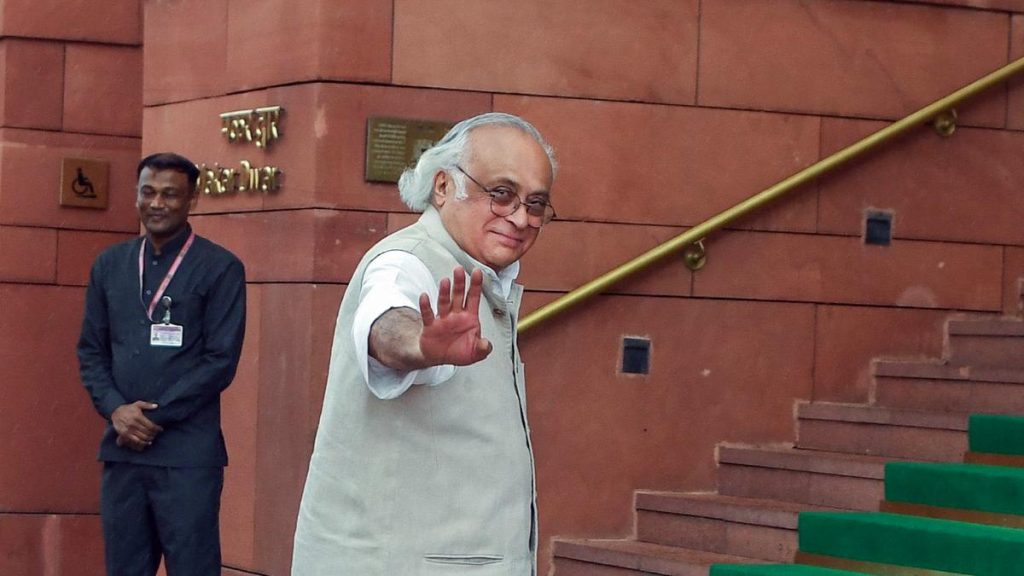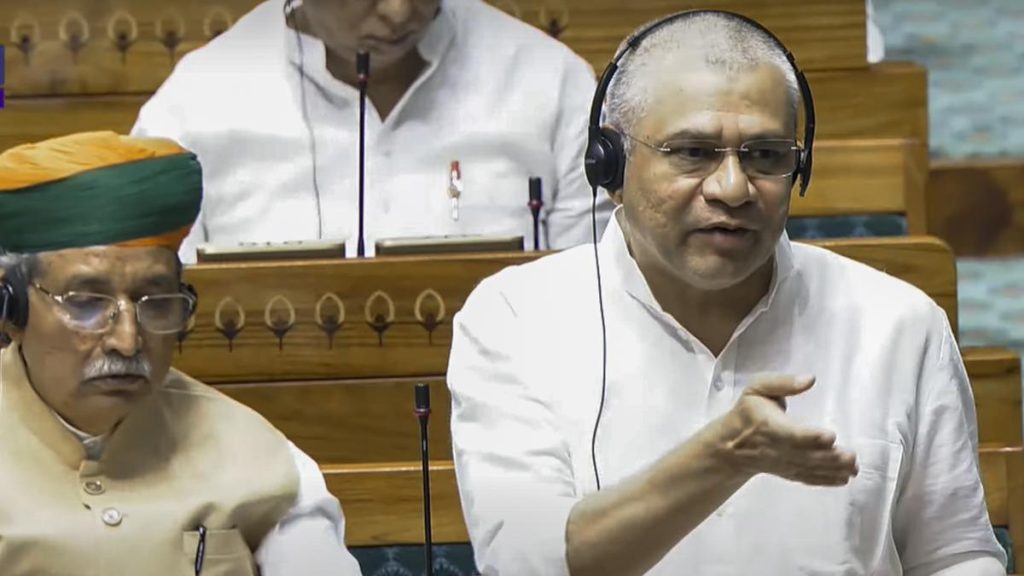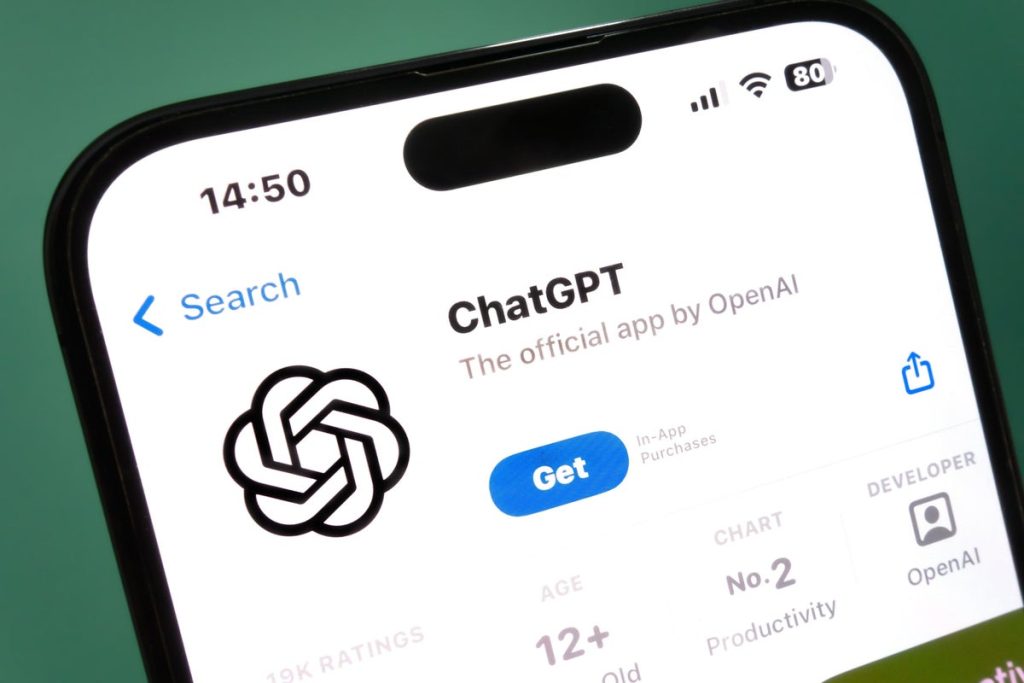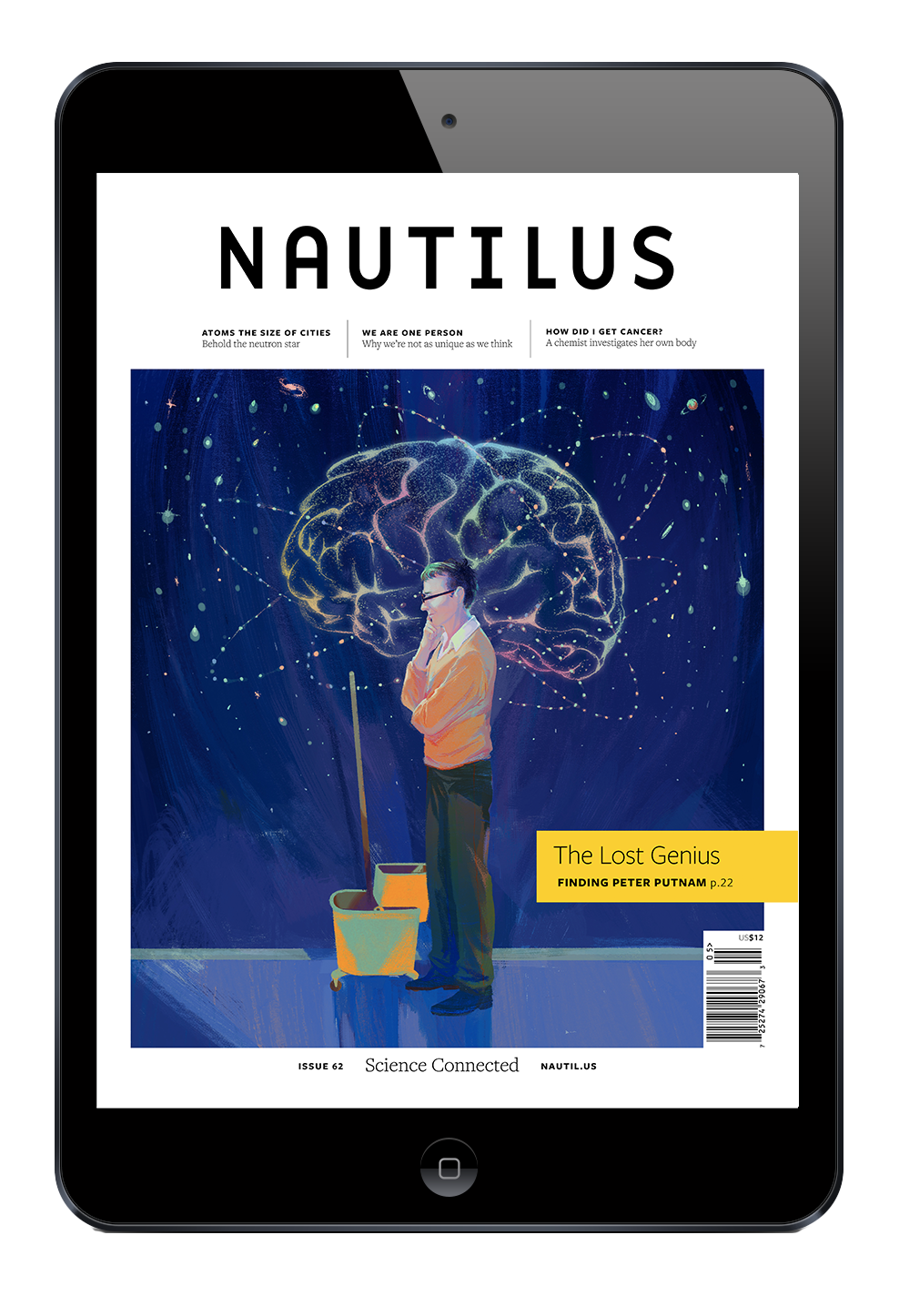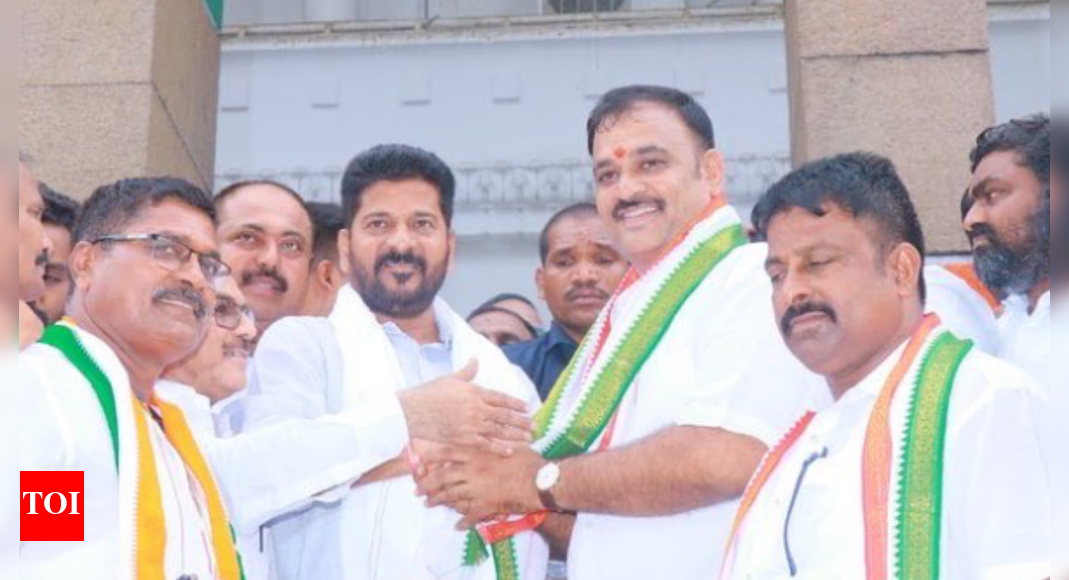Now Reading: Wimbledon Adopts Electronic Line Calling, Ends 148-Year Tradition of Line Judges
-
01
Wimbledon Adopts Electronic Line Calling, Ends 148-Year Tradition of Line Judges
Wimbledon Adopts Electronic Line Calling, Ends 148-Year Tradition of Line Judges
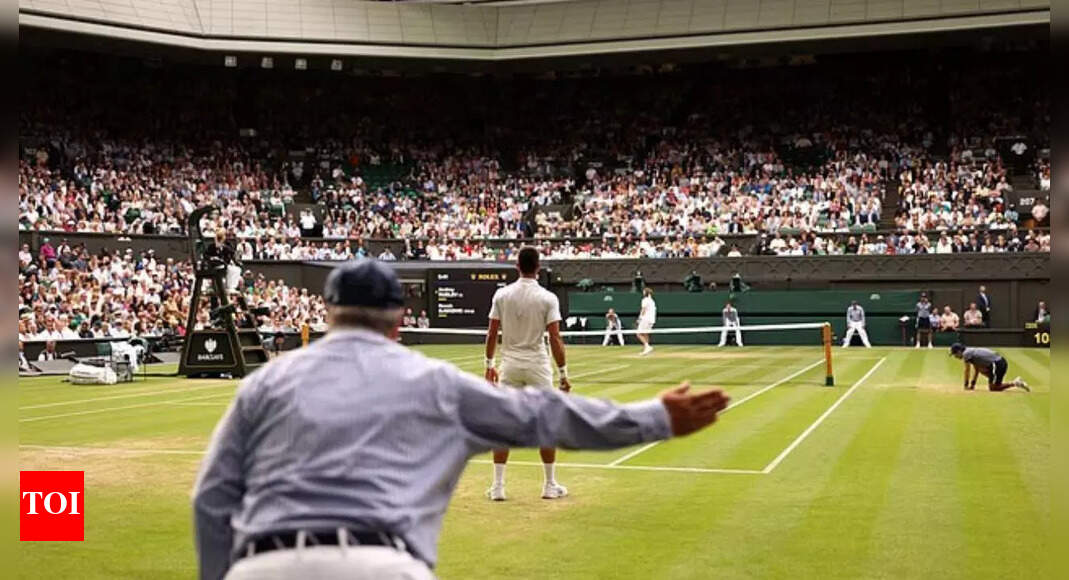
Quick Summary
- Wimbledon has permanently replaced line judges with Electronic Line Calling (ELC) for the 2023 tournament, marking the end of a tradition spanning 148 years.
- The French Open remains the only Grand Slam to still use line judges, while Australian and US Opens have already adopted ELC technology.
- Wimbledon’s pool of 300 judges has been reduced to 80 “match assistants,” who will aid chair umpires and step in if ELC fails.
- Hawk-Eye technology was introduced at Wimbledon in 2007, enabling players to challenge calls. With full ELC adoption, challenges will no longer be possible; however, players can request decision replays on screens.
- Over 450 cameras have been installed at Wimbledon and its qualifying tournament venues for ELC functionality.
- Sally Bolton, AELTC CEO, cited technological evolution as the reason behind this shift and acknowledged the long-standing contributions of line umpires.
- Jamie Baker, tournament Director, stated that removing line judges enhances focus on players while preserving Wimbledon’s unique identity rooted in green grass courts and white attire.
Indian Opinion analysis
The adoption of electronic Line Calling marks an critically important step toward modernization within global tennis tournaments. As one of the most prestigious sporting events worldwide with a rich legacy tied to tradition, Wimbledon’s decision signals acceptance of unavoidable technological progress. While this change may reduce human error during matches and ensure consistency in player treatment across major tournaments like Australian and US opens that already use similar systems, it also brings an end to vibrant dynamics previously seen between players disputing calls with officials.For India-a contry increasingly invested in sports technology-Wimbledon’s shift underscores how innovation enhances competitive fairness while sparking debates about tradition versus advancement. The removal of challenges encouraged by Hawk-Eye removes spectator drama but ensures greater accuracy over subjective decisions. India’s emerging sports administrators may find valuable lessons here on balancing heritage elements within modern reforms for domestic leagues.


